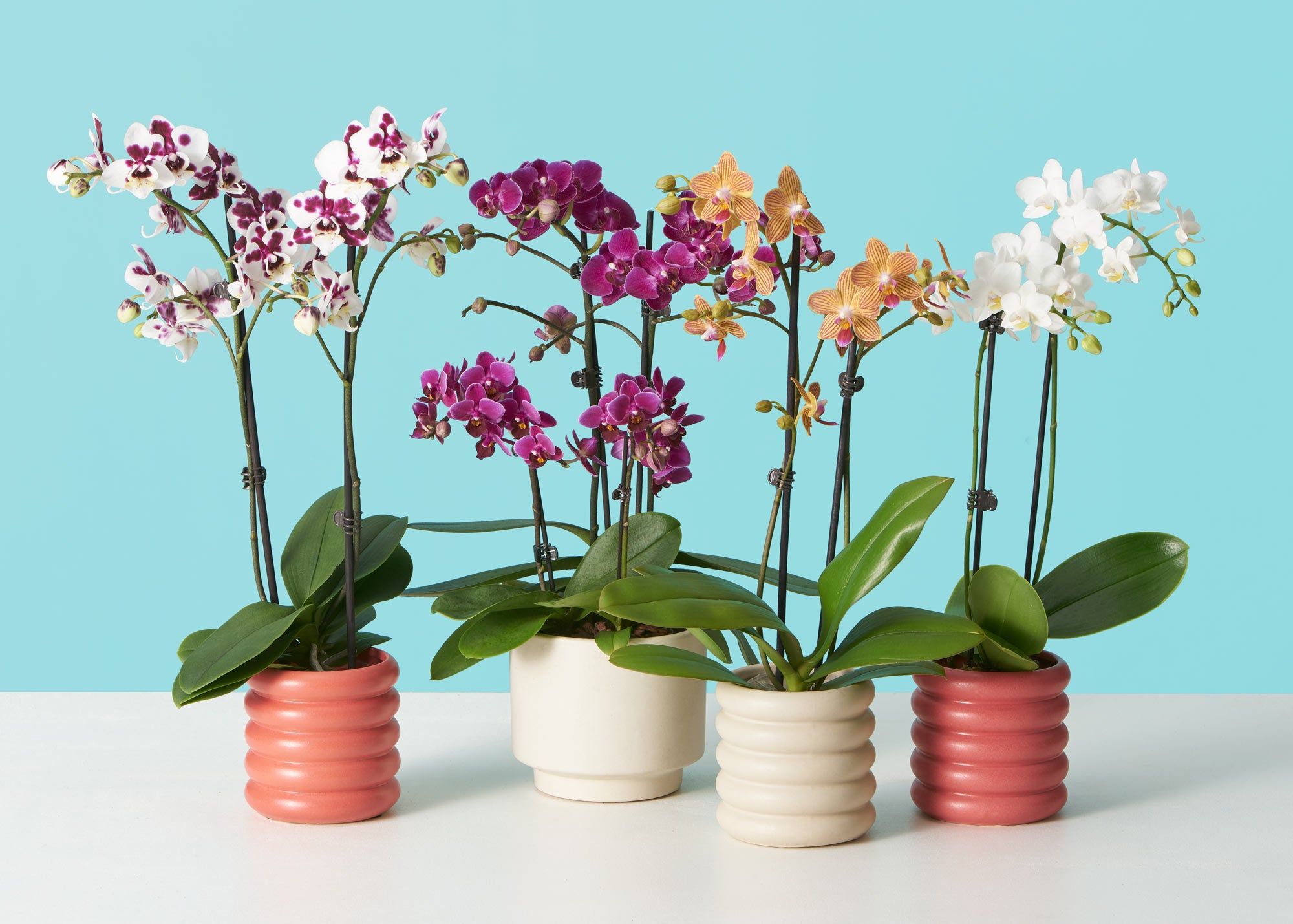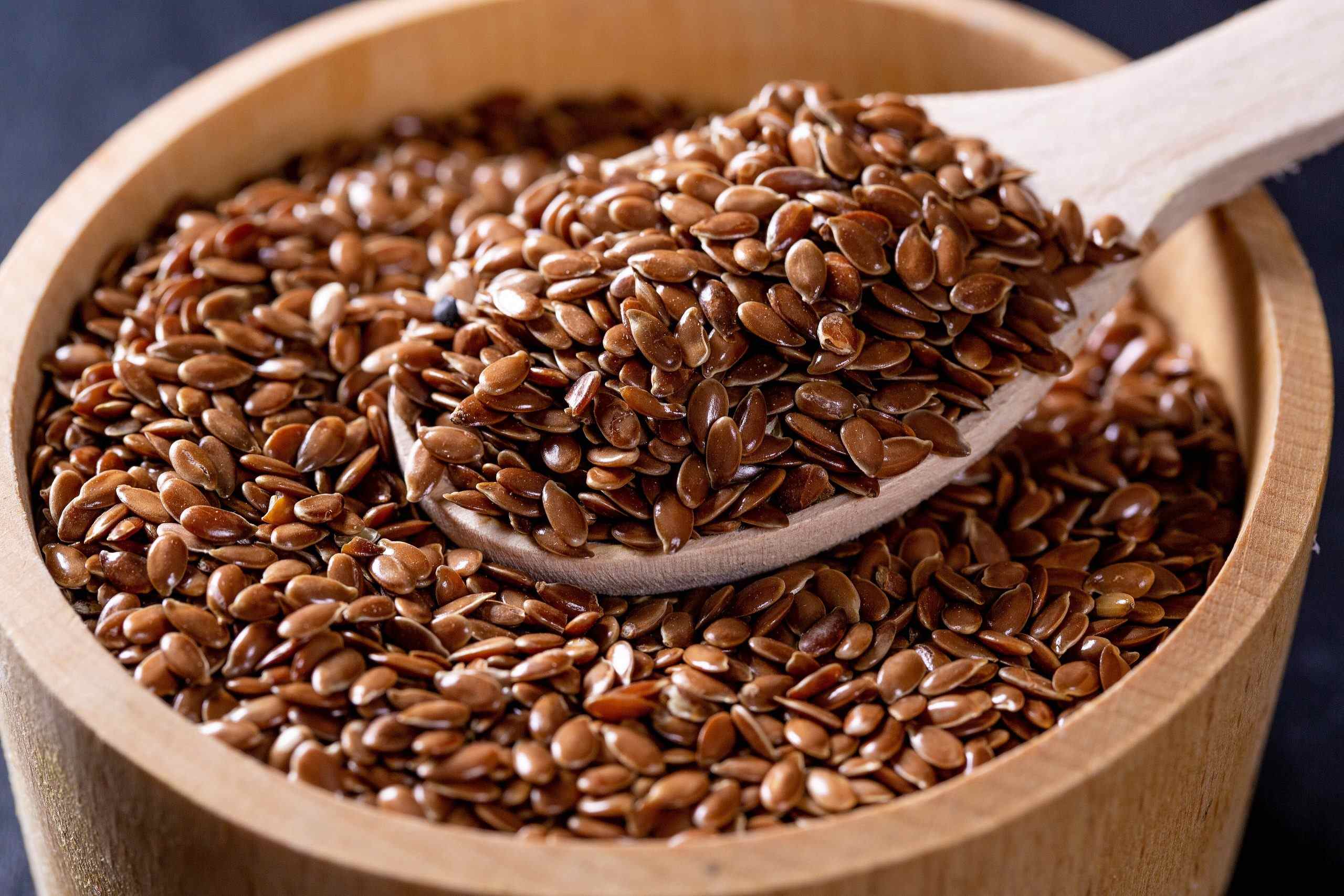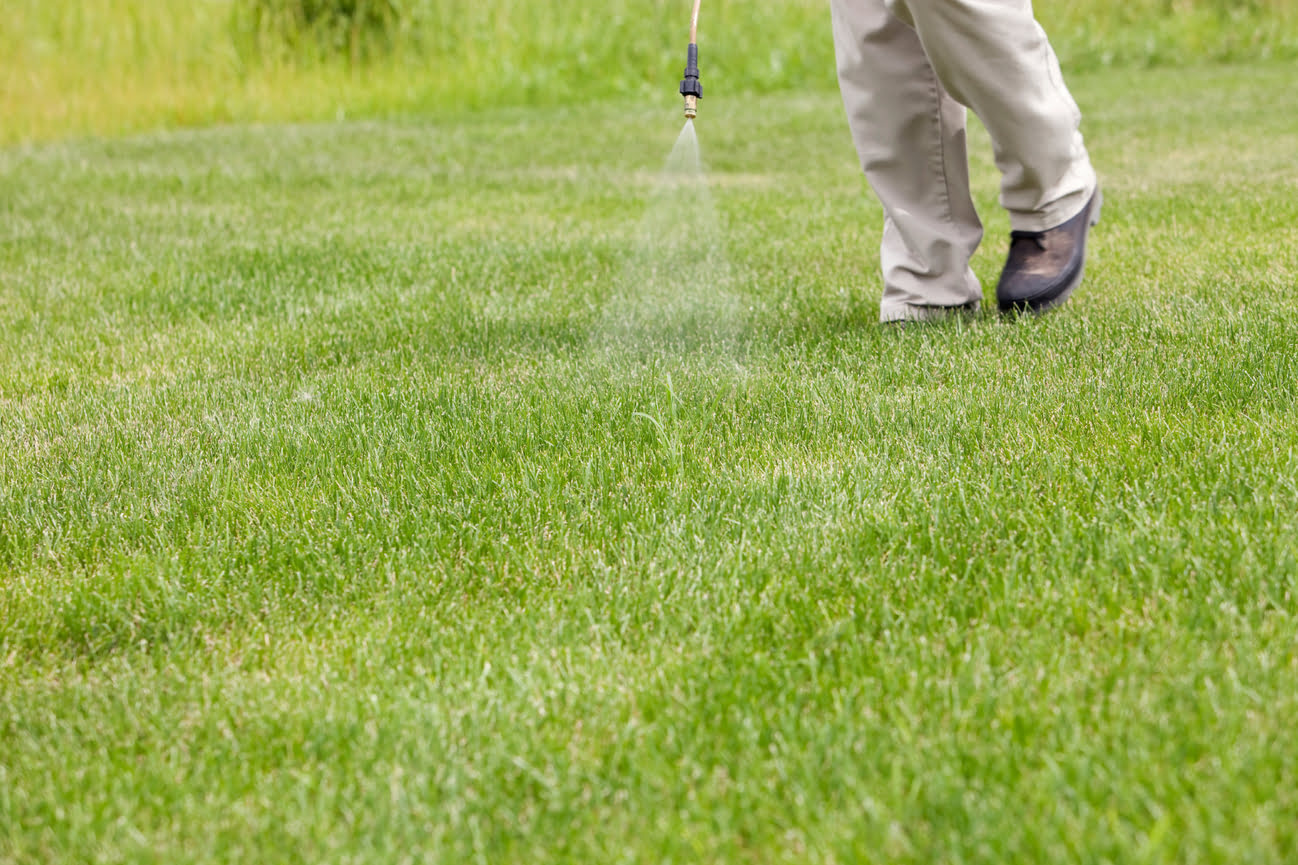Home>Types of Gardening>Ornamental Gardening>How Long Do Orchid Flowers Last


Ornamental Gardening
How Long Do Orchid Flowers Last
Modified: January 22, 2024
Discover how long orchid flowers last in ornamental gardening. Explore tips on prolonging their bloom time and enjoying their beauty for longer.
(Many of the links in this article redirect to a specific reviewed product. Your purchase of these products through affiliate links helps to generate commission for Chicagolandgardening.com, at no extra cost. Learn more)
Table of Contents
Introduction
Orchids are elegant and delicate flowers that captivate the hearts of garden enthusiasts and floral enthusiasts alike. With their vibrant colors, intricate shapes, and alluring fragrances, orchid flowers add a touch of sophistication and beauty to any garden or indoor space. But have you ever wondered how long these exquisite blooms last? Understanding the lifespan of orchid flowers is crucial for maintaining their beauty and ensuring their longevity.
The duration of orchid flower blooms can vary based on several factors, including the species of orchid, environmental conditions, and proper care. Some orchids may only have blooms that last for a few days, while others can enjoy flowers that last for several months.
In this article, we will delve into the factors that affect the lifespan of orchid flowers, explore the duration of bloom for different orchid species, provide helpful tips to prolong the lifespan of these stunning flowers, and discuss common mistakes that may shorten their bloom time. Whether you’re an avid orchid collector or a novice gardener, this article will equip you with the knowledge you need to keep your orchid blooms looking vibrant and thriving for as long as possible.
Factors Affecting the Lifespan of Orchid Flowers
Several key factors influence how long an orchid flower will last. Understanding these factors will not only help you appreciate the unique qualities of each orchid species but also enable you to provide the optimal conditions for your orchids to thrive. Here are the primary factors that affect the lifespan of orchid flowers:
- Species of Orchid: Different orchid species have varying bloom durations. Some species produce flowers that last for just a few days, while others can have blooms that endure for several weeks or even months. It’s important to research the specific species of orchids you have to determine how long their flowers are expected to last.
- Environmental Conditions: Orchids are highly sensitive to their surroundings, and the environment can significantly impact the lifespan of their flowers. Factors such as temperature, humidity levels, air circulation, and exposure to light all play a role. Orchids thrive in environments that closely mimic their natural habitat, so it’s vital to provide them with the right conditions to maximize the longevity of their blooms.
- Proper Care: The care and maintenance of orchid plants are crucial for the health and lifespan of their flowers. Providing adequate watering, proper fertilization, and suitable potting mediums are essential. Additionally, regular pest control and proper pruning techniques are necessary to prevent any damage to the flowers and promote healthy growth.
- Maturity of the Plant: The age and maturity of an orchid plant can impact the lifespan of its flowers. Generally, mature orchid plants tend to produce stronger and longer-lasting blooms compared to young plants. It may take a few years for an orchid to reach its full maturity and produce its most robust and long-lasting flowers.
- Genetic Factors: The genetics of orchid plants can also influence the lifespan of their flowers. Some orchid species are inherently more resilient and capable of producing long-lasting blooms, while others may naturally have more short-lived flowers. Understanding the genetic characteristics of your orchid species can give you insights into how long you can expect their blooms to last.
By taking these factors into consideration, you can create an environment that promotes the longevity of your orchid flowers. Understanding the specific needs of your orchid species and providing the optimal care and conditions will allow you to enjoy their exquisite blooms for an extended period.
Duration of Bloom for Different Orchid Species
Orchids are a diverse family of flowers with numerous species, each having its own unique blooming patterns and durations. Understanding the duration of blooms for different orchid species will help you appreciate their beauty and plan accordingly. Here are a few examples:
- Phalaenopsis Orchids: Phalaenopsis, or moth orchids, are popular for their elegant and long-lasting blooms. These orchids can produce flowers that last anywhere from two to four months, making them a favorite among orchid enthusiasts.
- Cattleya Orchids: Cattleya orchids are known for their vibrant and fragrant flowers. Depending on the variety, the blooms of Cattleya orchids can last for approximately three to four weeks.
- Dendrobium Orchids: Dendrobium orchids exhibit a wide range of bloom durations, with some varieties producing flowers that last for several weeks, while others may have blooms that endure for only a couple of days.
- Oncidium Orchids: Oncidium orchids, also known as dancing lady orchids, often display cascades of delicate and intricate flowers. The duration of their blooms can range from a few weeks to a couple of months.
- Vanda Orchids: Vanda orchids are renowned for their striking and large-sized blooms. These vibrant flowers can last for up to six weeks or even longer, depending on the specific Vanda species.
It’s important to note that the durations mentioned above are approximate and can vary based on the individual plant’s health, environmental factors, and growing conditions. Some orchids may produce successive blooms, where new flowers replace older ones, extending the overall blooming period.
As an orchid enthusiast, it’s valuable to research the specific duration of blooms for the orchid species you have to manage your expectations and ensure you provide the necessary care and conditions to maximize their lifespan. With proper care and attention, you can enjoy the stunning and vibrant blooms of various orchid species for weeks or even months.
Tips to Prolong the Lifespan of Orchid Flowers
While the lifespan of orchid flowers varies depending on the species and environmental factors, there are several steps you can take to prolong their beauty and enjoy their blooms for as long as possible. Here are some practical tips:
- Proper Watering: Orchids have unique watering needs, and overwatering or underwatering can harm their flowers. Be sure to water your orchids thoroughly, allowing the water to drain completely. It’s recommended to water them when the potting medium feels slightly dry but not completely dry.
- Appropriate Light Levels: Ensuring the right amount of light is crucial for orchid flower longevity. Different species have varying light requirements, so it’s essential to understand the specific needs of your orchid. Generally, providing bright, indirect light for most orchids is ideal, although some varieties may thrive in brighter conditions.
- Optimal Temperature and Humidity: Orchids prefer specific temperature and humidity levels to thrive. Keeping the temperature within their recommended range and providing adequate humidity will help extend the lifespan of their flowers. Avoid exposing orchids to extreme temperature fluctuations or overly dry environments.
- Proper Air Circulation: Orchids require good air circulation to prevent fungal infections and promote healthy flower growth. Ensure there is adequate ventilation around your orchids, but avoid placing them in drafts or areas with constant airflow, as this can cause their blooms to dry out quickly.
- Regular Fertilization: Orchids benefit from regular feeding with a balanced orchid fertilizer to provide essential nutrients for flower production. Follow the recommended dosage instructions and frequency for your particular orchid species to ensure healthy blooms and prolonged flowering.
- Preventive Pest Control: Regularly inspect your orchids for any signs of pests or diseases. Immediate action is necessary if you spot any issues. Insect infestations or diseases can weaken the plant and compromise the longevity of its flowers. Use appropriate pest control methods to keep your orchids healthy and thriving.
- Avoid Disturbing the Plant: Limit unnecessary handling or movement of your orchid plant once it has begun to bloom. This minimizes stress on the plant and helps the flowers remain intact for a longer period.
- Provide Stable Growth Conditions: Orchids prefer stability in their environment. Keep your orchids in a location where they won’t be subjected to sudden temperature changes, drafts, or excessive light fluctuations. Consistency in their growing conditions can contribute to longer-lasting blooms.
By following these tips and providing the appropriate care, you can extend the lifespan of your orchid flowers. Additionally, observing your orchids closely and making adjustments based on their specific needs will help ensure their beauty remains for an extended period.
Common Mistakes That Shorten the Lifespan of Orchid Flowers
While proper care can prolong the lifespan of orchid flowers, certain common mistakes can inadvertently shorten their blooming period. Avoiding these mistakes will help ensure the longevity and vibrancy of your orchid blooms. Here are some common pitfalls to watch out for:
- Overwatering: One of the most common mistakes is overwatering orchids. Excessive moisture can lead to root rot and fungal diseases, which can easily affect the health and lifespan of the flowers. It is crucial to allow the potting medium to dry between watering sessions.
- Underwatering: On the other hand, underwatering can also be detrimental to orchid flowers. Insufficient hydration can cause the blooms to wither prematurely. Always monitor the moisture levels and provide adequate water when needed.
- Improper Lighting: Orchids require the right amount of light to thrive, but placing them in direct sunlight can scorch their leaves and flowers. Similarly, keeping them in excessively shaded areas can result in weak and leggy growth. Finding the right balance by providing bright, indirect light is essential.
- Using the Wrong Potting Medium: Orchids have specific potting medium requirements, and using the wrong type can hinder their growth and impact the lifespan of their flowers. Each species may require a different potting mix, so make sure to use the appropriate medium that provides adequate drainage and aeration.
- Ignoring Environmental Factors: Neglecting the environmental conditions suitable for orchids can have a significant impact on their bloom duration. Extreme temperature fluctuations, lack of humidity, or poor air circulation can stress the plant and shorten the lifespan of its flowers. Creating a favorable environment is crucial for their well-being.
- Skipping Fertilization: Orchids rely on regular feeding to maintain their health and flower production. Neglecting to fertilize them can result in nutrient deficiencies and weakened blooms. Follow a regular fertilization schedule using a balanced orchid fertilizer to ensure their longevity.
- Overcrowding: Orchids require adequate space for proper air circulation and growth. Overcrowding multiple plants in one container can lead to competition for resources, which can weaken the plants and cause their flowers to deteriorate faster. Provide enough space for each orchid to thrive individually.
- Ignoring Pest and Disease Control: Pests and diseases can significantly impact the lifespan of orchid flowers. Failing to regularly inspect and treat orchids for common pests like aphids, mealybugs, or spider mites, as well as any diseases, can quickly degrade the health and appearance of their blooms. Implement preventive measures and address any issues promptly.
Avoiding these common mistakes will go a long way in ensuring that your orchid flowers thrive and last as long as possible. By providing the right care, attention, and environmental conditions, you can enjoy the full beauty and longevity of your beloved orchids.
Conclusion
Orchids are truly captivating flowers that bring elegance and beauty to any space. Understanding the factors that affect the lifespan of orchid flowers and implementing proper care techniques can greatly enhance the longevity of their blooms. By considering the species of orchid, environmental conditions, and providing optimal care, you can enjoy the stunning display of orchid flowers for weeks, months, or even longer.
Factors such as the species of orchid, environmental conditions, maturity of the plant, genetic factors, and proper care all play a role in determining how long an orchid flower will last. Each orchid species has its own unique blooming patterns and durations, so it is important to research and understand the specific needs of the orchids you have.
To prolong the lifespan of orchid flowers, follow essential tips such as providing proper watering, appropriate light levels, optimal temperature and humidity, proper air circulation, regular fertilization, preventive pest control, and avoiding unnecessary disturbance of the plant. These practices will create a conducive environment for the health and longevity of your orchid blooms.
However, there are also common mistakes that can shorten the lifespan of orchid flowers, such as overwatering, underwatering, improper lighting, using the wrong potting medium, ignoring environmental factors, skipping fertilization, overcrowding, and ignoring pest and disease control. By being mindful of these mistakes and avoiding them, you can help extend the life of your orchid blooms.
In conclusion, with the right knowledge and care, you can maximize the lifespan of your orchid flowers and enjoy their beauty for an extended period. Take the time to understand the specific needs of your orchid species, provide the optimal growing conditions, and avoid common mistakes. By doing so, you will be rewarded with vibrant and long-lasting blooms that will be the envy of any ornamental garden.








